6 Points to distinguish Air Pinners and Finish Nailer - Air Pinner Buying Guide
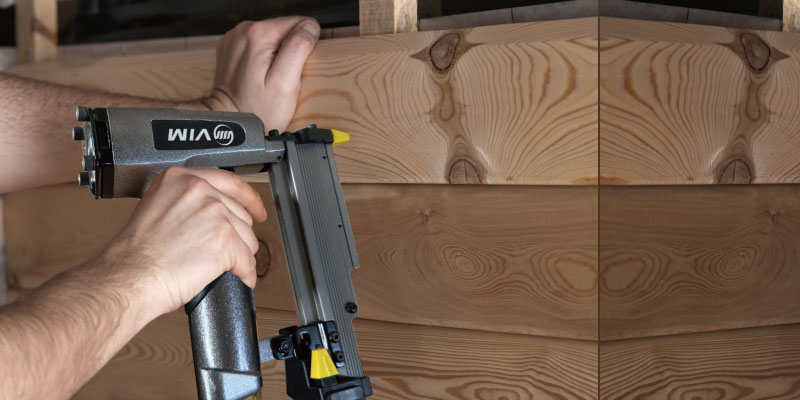
For detailed woodworking or finishing projects, the right tools are crucial. Pinners, also known as pin nailers, are specialized power tools designed to drive very small nails, called pins, into wood and other materials. These pins, often 21-gauge or 23-gauge, can have micro heads or be headless, leaving minimal to no visible holes. This makes pinners perfect for tasks needing a clean finish and fine precision, such as attaching molding, furniture assembly, and other decorative work.
This article will explore what pinners are, their uses, comparisons to finish nailers, and how to choose the right pinner for your needs.
What are Pinners?
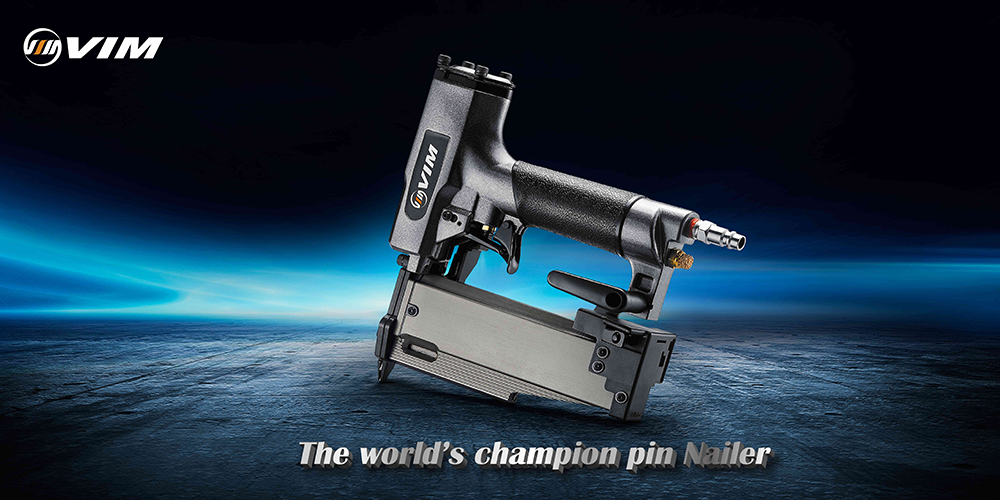
Pinner is a type of power tool used to drive very small nails, known as pins, into wood and other materials. Unlike other nails, pin nails have options for their head: with head (micro head) or without head (headless) nails, which allows them to leave minimal or no visible holes, making them ideal for detailed and delicate work.
Pinners typically use 21-gauge or 23-gauge pins, which are very thin, making them suitable for fine woodworking, such as:
- Trim and Molding: Pinners are perfect for attaching thin and delicate trim or molding without splitting the wood or leaving noticeable marks.
- Cabinetry: They are used in cabinet making for assembling small parts and attaching decorative elements.
- Furniture Building: Pinners help in assembling small or intricate pieces of furniture.
- Decorative Projects: They are ideal for any project requiring a clean finish, such as picture frames, small craft projects, and other detailed decorative work.
Air pinners vs. Finish nailers, what are the differences?
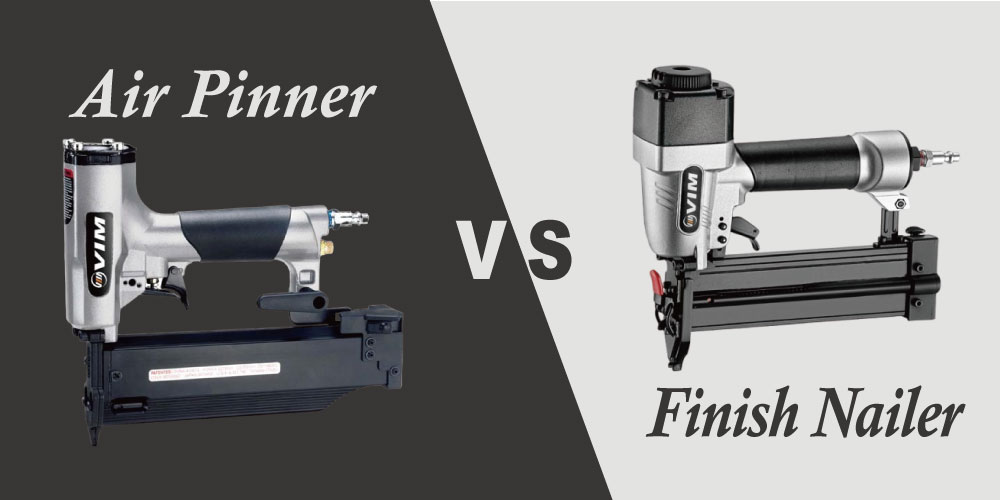
Due to the similar appearance of nails, people often confuse pinners with finish nailers. But the usages and features are actually quite different. From below 6 key differences you will understand how pinners and finish nailers differ.
1. By Fastener Type
- Air pinners use the thinnest nails among the industry. They are 21-gauge and 23-gauge pins, while micro head and headless types are both selectable for the two gauges of pins. Pin nails are very small that leave tiny holes that are barely noticeable.
- Finish nailers shoot 15-gauge, 16-gauge, and 18-gauge nails. They provide stronger connection to workpieces as they are thicker than pin nails. But they leave more visible holes.
2. By Application
- Air pinners use the thinnest nails among the industry. They are 21-gauge and 23-gauge pins, while micro head and headless types are both selectable for the two gauges of pins. Pin nails are very small that leave tiny holes that are barely noticeable.
- Finish nailers shoot 15-gauge, 16-gauge, and 18-gauge nails. They provide stronger connection to workpieces as they are thicker than pin nails. But they leave more visible holes.
- Air pinners are ideal for delicate, detailed work such as decorating where a clean finish is essential. Also, they are a perfect choice when users do not want to leave visible holes on workpieces.
- Finish nailers are suitable for more substantial and robust woodworking projects that require more strength like doors and windows.
3. Versatility of tasks
- Pinners are mostly suitable for specific decorating tasks because pinners use smaller diameter of the pin nails.
- Finish nailers use a higher variety of nails, so it may handle multiple tasks.
4. Holding power
- Due to the small size of the pins, pinners provide less holding power compared to finish nailers.
- Finish nailers provide more holding power than pinners, making them better suited for structural components and heavier trim.
5. Wood splitting
- When using pinners, the tiny size of the pins reduces the risk of splitting thin or delicate wood.
- While finish nails can handle larger pieces of wood, finish nailers can potentially split very thin or delicate pieces due to the larger size of the nails.
6. Visibility
- Using pinners to fasten, the holes on the task are nearly invisible.
- The holes on the task are larger while using finish nailer to fasten.
Choosing between a pinner and a finish nailer depends on the specific requirements of your project. For intricate, detailed work where appearance is crucial, a pin nailer is ideal. For projects requiring stronger fastening, a finish nailer is the better choice.
Comparison chart
| Similar nailer | Pinners | Finish nailers |
|---|---|---|
| Fastener type | 21 or 23 gauge micro head or headless pin nails |
15-gauge nails 16-gauge nails 18-gauge nails |
| Common applications |
|
|
| Versatility of tasks | Specific | Multiple |
| Holding power | Lower | Higher |
| Wood splitting | Less | More |
| Visibility | Nearly invisible | Visible |
What is the air exhaust system of pinners? How to distinguish them?
Choosing the right exhaust system for a pin nailer—front exhaust or rear exhaust—depends on your specific application, work environment, and personal preferences. Here's a detailed breakdown:
1. Front exhaust system
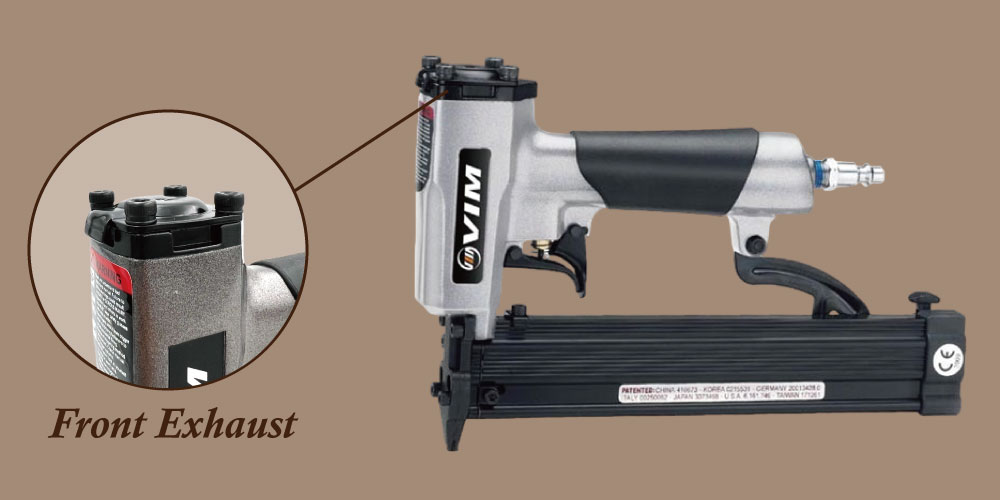
- The front exhaust system is like a lid on the top of the nailer.
- To keep debris and dust away from the work area or the user.
- Useful in tight or confined spaces where you can direct the exhaust air away from yourself and the work surface.
- Avoiding air blow to your hands or face.
2. Rear exhaust system
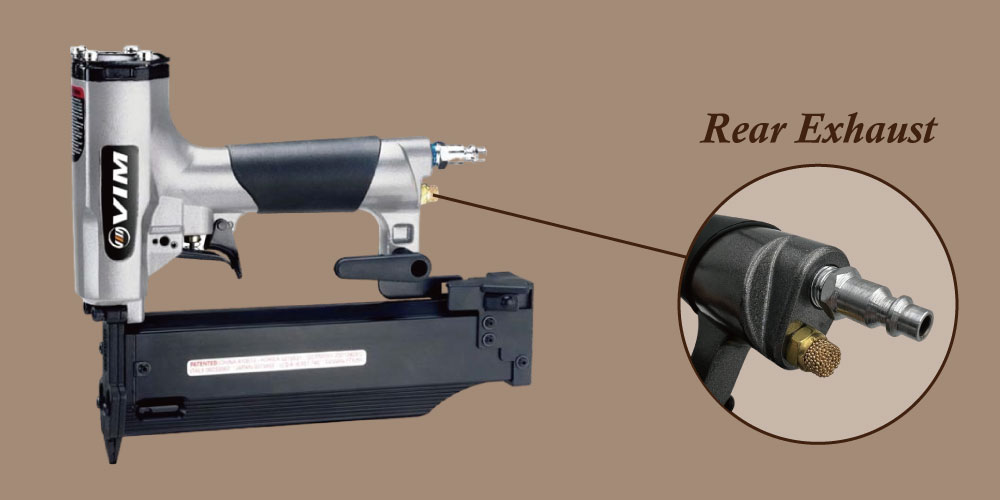
- When you want to direct the exhaust air away from yourself, providing more comfort during prolonged use.
- To direct the exhaust air away from yourself and provide more comfort during prolonged use.
- Avoiding air exhaust to sensitive surfaces that could be affected by dust or debris.
- As rear exhaust is also a silencer.
Here is a comparison chart with summary.
| Exhaust type | Front exhaust | Rear exhaust |
|---|---|---|
| Photo | 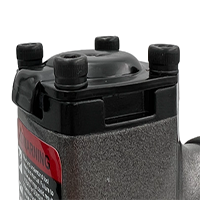 |
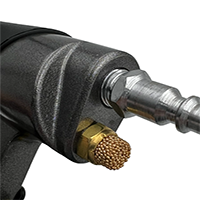 |
| Direction of exhausting | Front | Back |
| Noise | Louder | Quiter |
| Pros | Avoiding air blow to users’ hands or face | Avoiding air exhaust to sensitive surfaces that could be affected by dust or debris |
| Cons | Can blow debris forward, which might be inconvenient in some situations | Can cause dust and debris to accumulate behind the tool or user |
| Recommendation | Best for keeping the work surface clear of debris and directing air away from the user in confined spaces | Preferred for user comfort and to keep the work area free from blown debris |
How to choose the right air pinner?
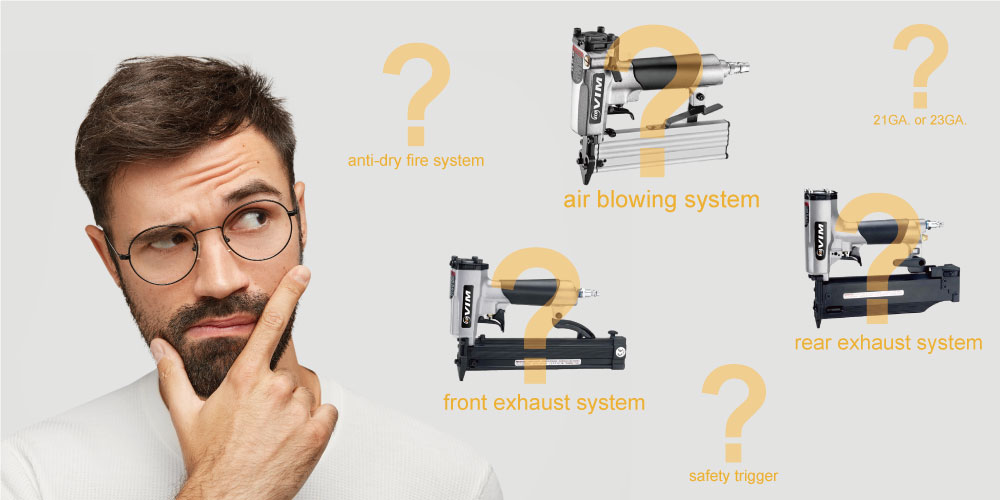
There are several combinations to choose from: the type of pins you need to fasten; whether to shoot both with and without head pins or just one; the suitable type of air exhaust system; and other special design. After reading below introduction, you will have an answer about which to choose from.
1. The gauge (size) you need to fasten
The 21-gauge pins are slightly thicker than the 23-gauge pins, which can provide a bit more holding power, while the 23-gauge pins leave even smaller holes and are even less likely to split fine or thin materials. Choosing between 21-gauge and 23-gauge pins depends on the specific needs of your project, balancing holding power and the minimal visibility of the pin holes.
2. The length you need
Common selectable lengths for pin nails are from 12 mm (15/32”) till 50 mm (2”) while VIM provides a much shorter option- down to 4 mm (5/32”). Choose the suitable length according to the workpieces you are going to combine. And select the pinner that includes the lengths you usually need to shoot.
3. Whether you need to use two gauges of pins or only one
This depends on the verification of your works. If you might need to shoot 23-gauge pins sometimes and 21-gauge pins sometimes, just choose the pinner that can fasten both size of pins.
4. Do I need air blowing system?
If you need to clean your job sites frequently, air blowing system helps saving your time on changing other cleaning tools like air blowers or brushes. Just aim the position you need to clean and operate with your thumb; the volume of air is big enough to clean your object efficiently.
5. Type of exhaust system
Each system has its specific advantages, and the choice depends on working environment, tool positioning, and user preference. The work environment and tool positioning are crucial factors, as the convenience of an exhaust type can vary depending on how you hold and position the tool. Additionally, user preference, including comfort and a desire to avoid exhaust air in a specific direction, plays a significant role in selecting the suitable pinner.
6. Whether you need safety trigger and anti-dry fire system or not
Safety trigger in also known as “double trigger”. Users must pull the safety trigger before pulling the trigger that shoots pins out. Anti-dry fire system is a device that stops the pinner from shooting when there are only few pins left in the magazine. Some countries have regulations towards the safety devices of nailers. If you have any request to the safety devices, just feel free to let us know, we will recommend for you.
Conclusion
In summary, selecting the right pinner depends on the specific requirements of your project and your working conditions. Whether considering the gauge of the pins, the length needed, or the type of exhaust system, each detail affects the tool's performance and your user experience. Pinners are distinguished by their ability to leave nearly invisible holes, making them ideal for intricate and detailed work such as trim installation, cabinetry, and delicate decorative tasks. For jobs demanding stronger fastening, finish nailers are more appropriate due to their greater holding power. Understanding the nuances of pinners and their applications allows you to make an informed choice, ensuring optimal results in your woodworking and finishing projects.
If you still have no idea how to choose suitable air pinner, please do not hesitate to contact us, we will be pleased to provide you with our professional suggestions.
